A company that wants to connect different software applications internally or offer its customers the possibility of integrating with its software will pick one of several options. Here's an overview and the use cases in which these different options are relevant.
Workflow automation
Automating workflows is part of a company's day-to-day business, to improve productivity.
When a customer fills in a form or enters an email campaign, their status updates in the customer database according to their actions.
Or, every hour, Google Analytics data is updated in a Google Spreadsheet, together with data from a third-party source.
Or the results of a Typeform are sent as they happen to Slack.
Internal workflows automate these events. Various tools exist to build these workflows. These tools are usually low-code and require the intervention of a dev. Some no-code tools, such as Zapier, are more accessible.
This automation saves invaluable time for in-house teams. In the examples here, they are intended for internal use.
Embedded iPaaS, the integration of automated workflows
An iPaaS is a platform designed for developers to create and manage integration workflows. This platform can be integrated into the application instead of being used externally. In this case, we talk about an embedded iPaaS. Here's an example:
A software publisher offers a financial management tool for restaurant owners. These restaurateurs want an overview of their financial situation based on all their data. They expect to be able to integrate their usual cash register software with this financial management tool. The software publisher can then use a third-party platform to help it build the flows between its software and the one used by the restaurant owners. The embedded iPaaS is at the interface between a given piece of software and its customer's software.
This type of third-party platform is typically low-code. Dev teams will have to play a role in their construction and maintenance. Furthermore, this is an integration between two software. Once the financial management software publisher wants to serve more restaurant owners, with all their different software, this solution will find its limits.
Building multiple connectors
In this case, a software publisher enables as many customers as possible to integrate in the fewest possible steps. This software publisher may even want to set up an integration marketplace at some point.
It builds the most frequently requested connectors or has them built by an external service provider. The connectors add up to an integration marketplace available to its customers.
On the other hand, building and maintaining in-house comes with its costs and risks, as explained here. On the other hand, resorting to external suppliers is a risk to knowledge management. The knowledge required to maintain an integration must remain available.
The third option, becoming increasingly popular with software publishers who want to grow fast, is the unified API. This partnership with a third-party solution offers every guarantee of stability and growth. At implementation time, it protects devs' focus and allows for internal knowledge management, within a controlled budget.
The unified API is the solution Chift is building: from the outset, Chift's founders are convinced that unified APIs are the solution that can help software publishers grow through integrations and, hence, SME software communicate as they should.

.webp)

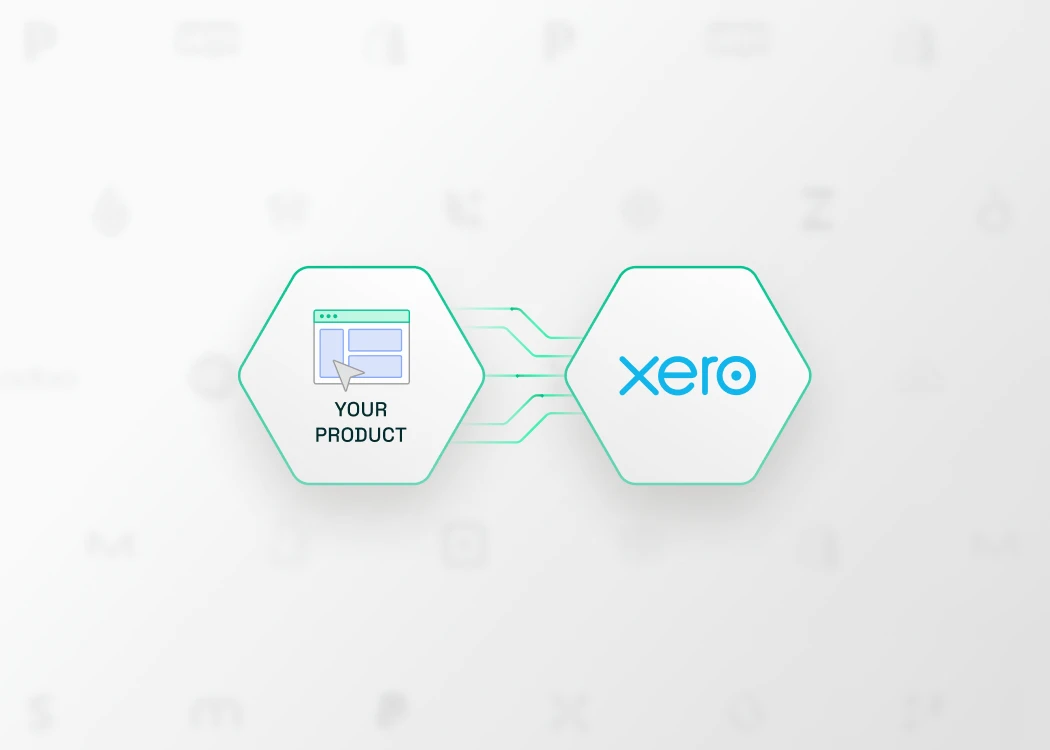


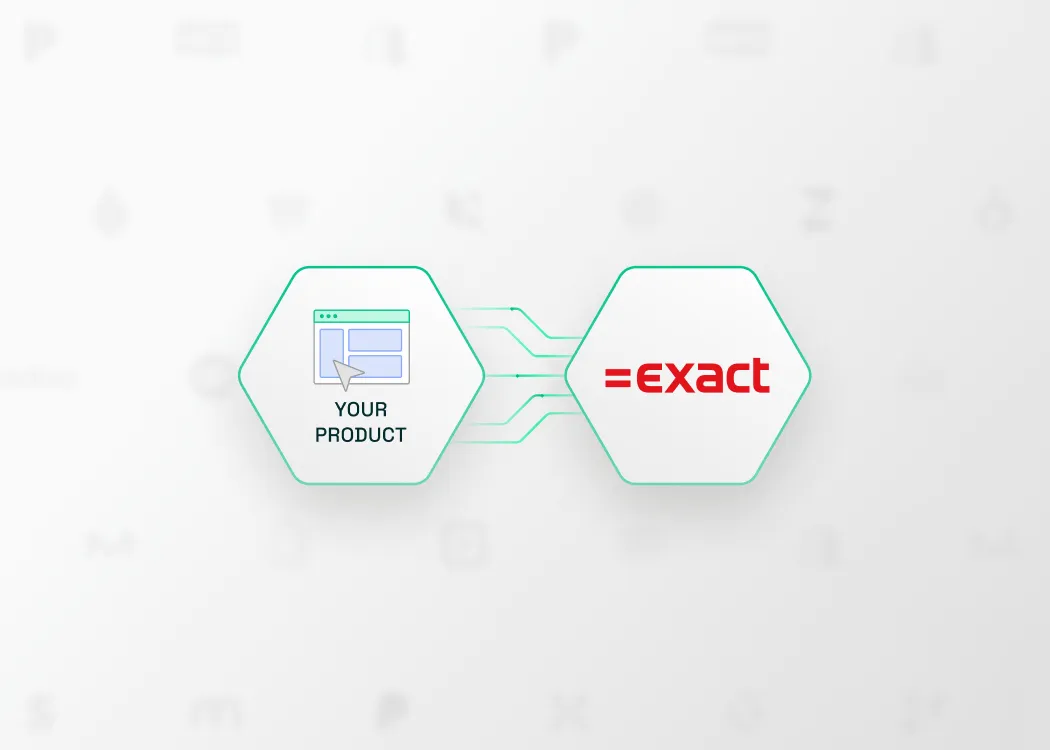

.webp)
.webp)
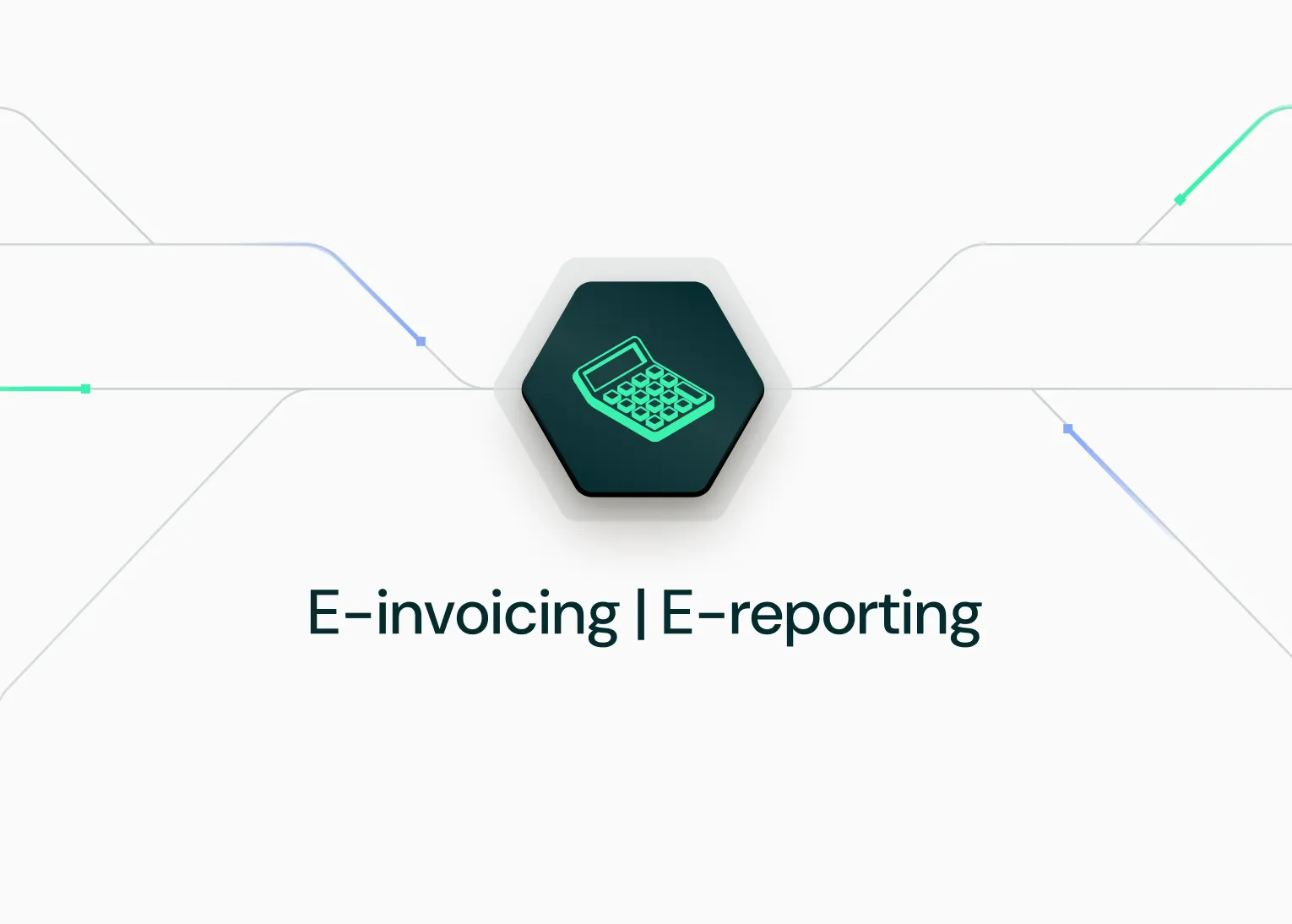
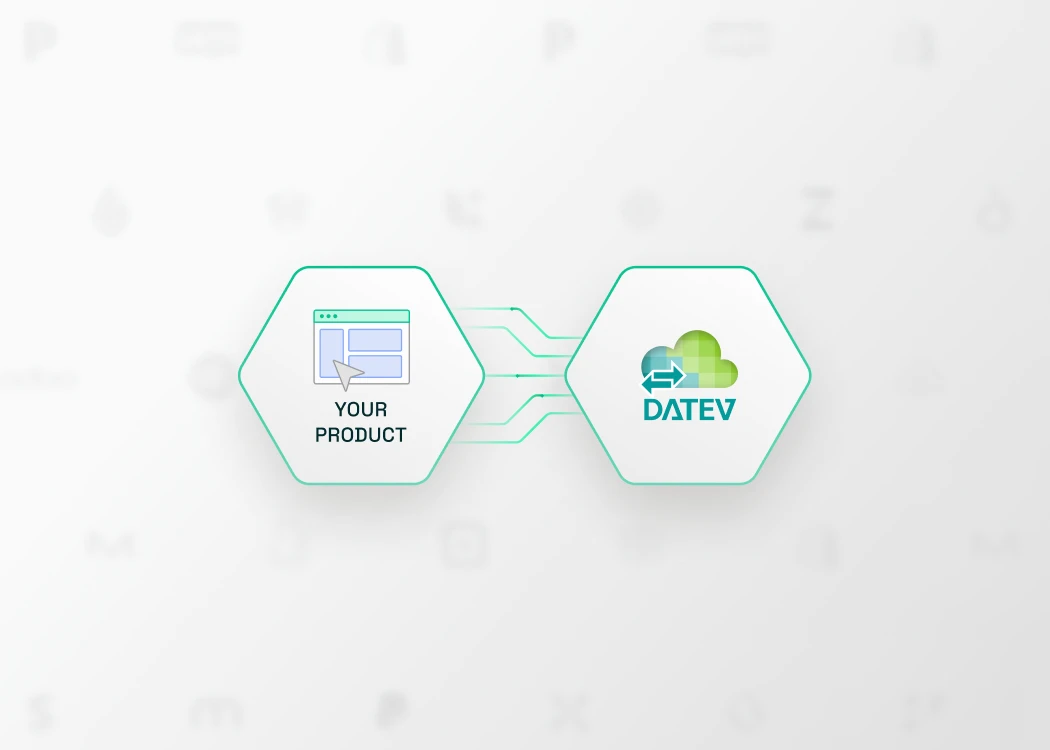
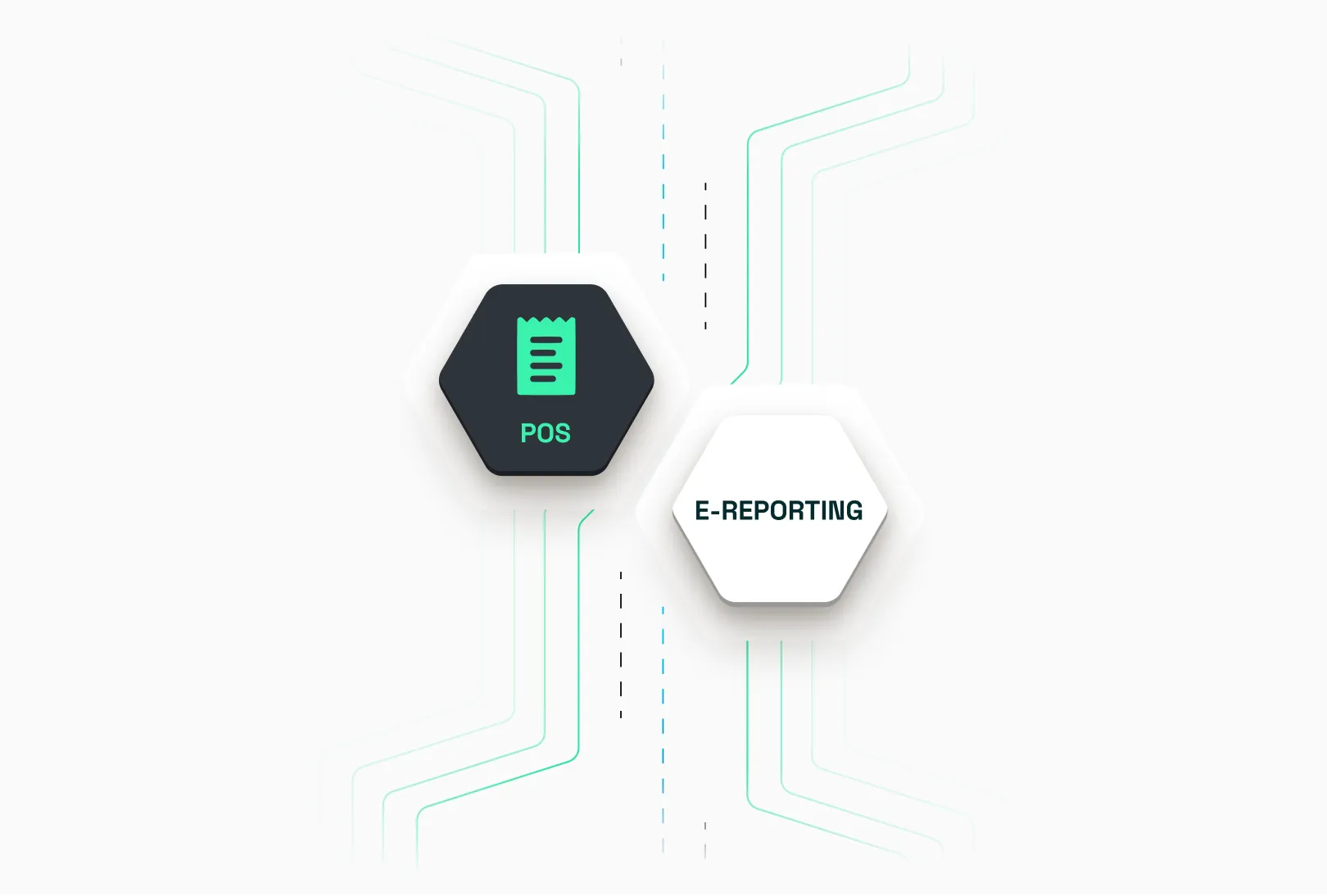

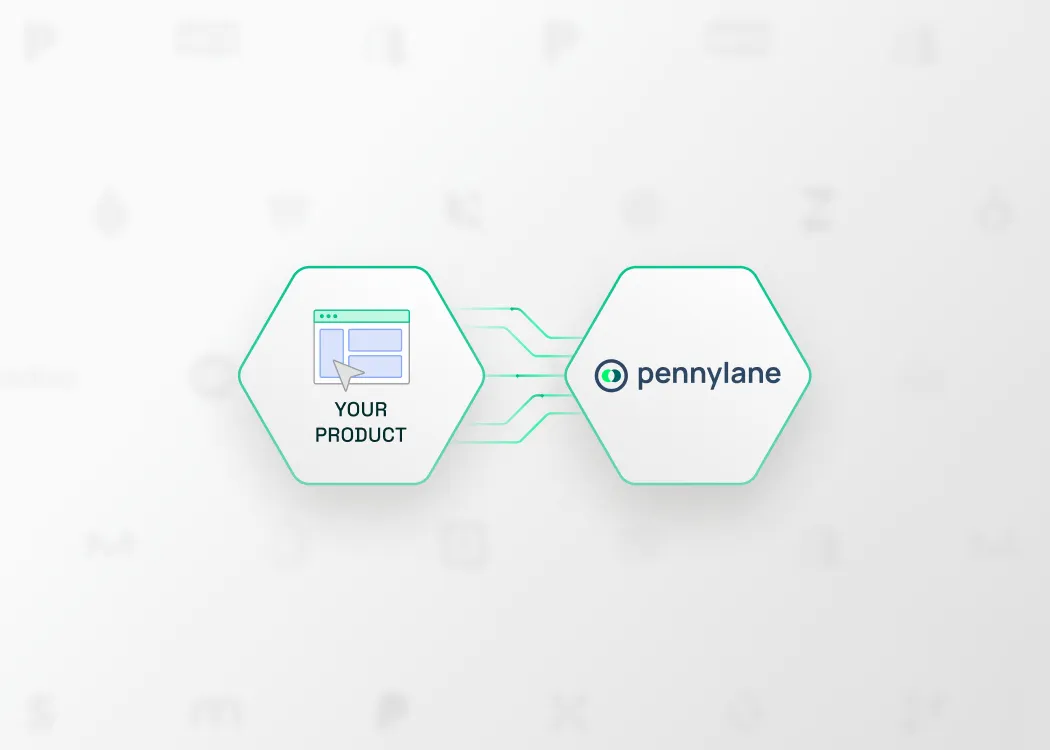


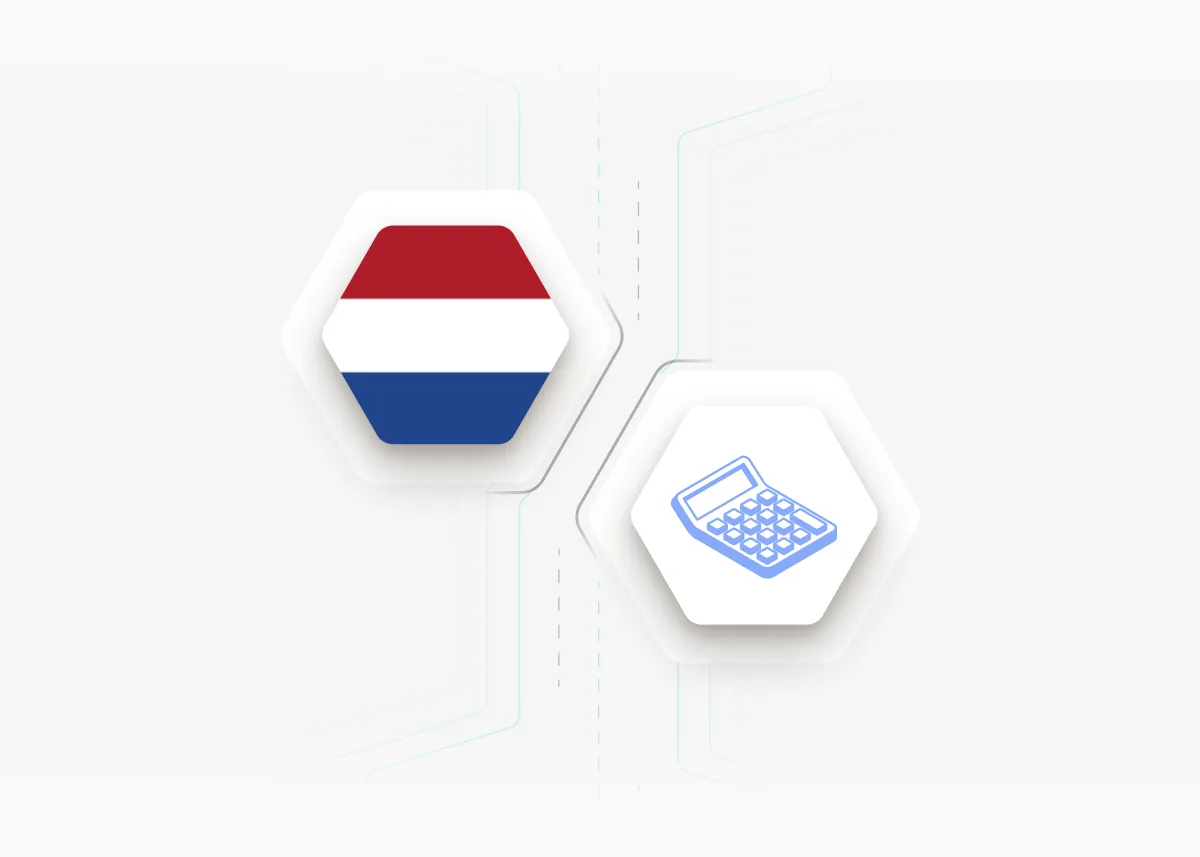
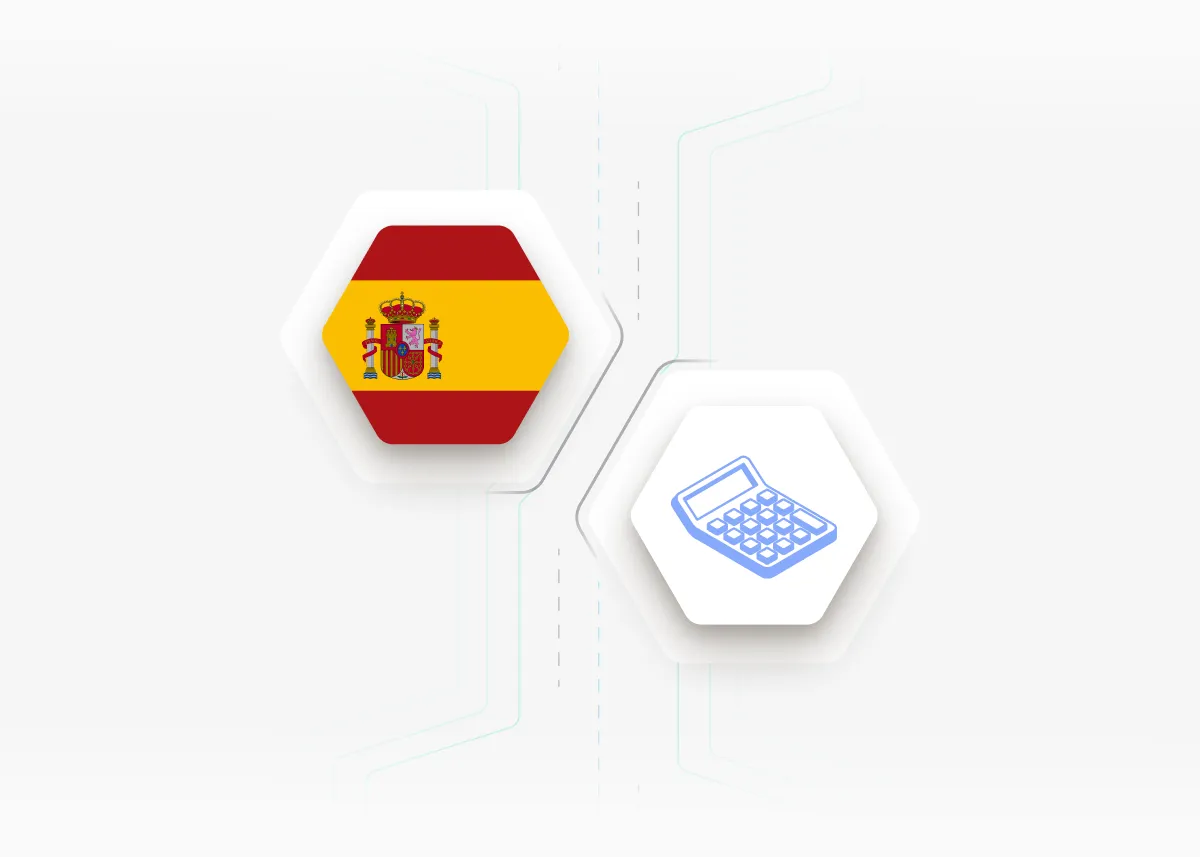

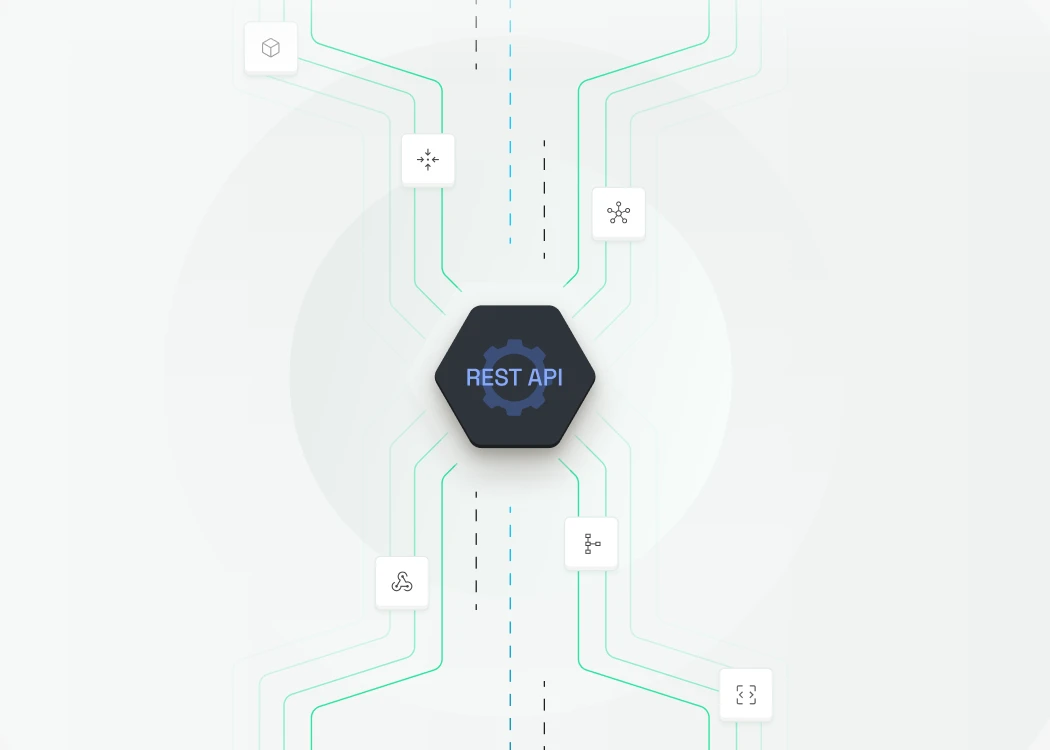






.avif)



